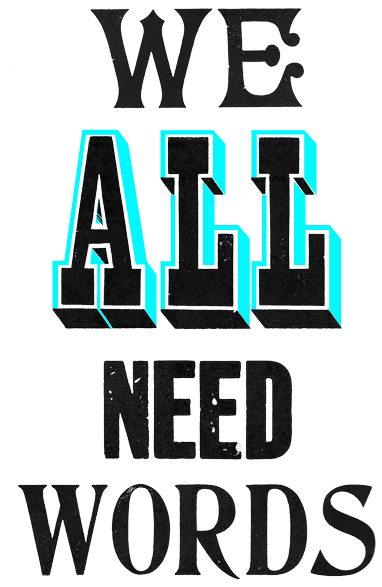Here’s a puzzle. Lots of companies have tone of voice guidelines; not many brands have a memorable tone of voice.
So what’s going on?
We think companies worry so much about process and ‘outputs’ – presentations, principles, guidelines and the rest – that they lose sight of what they actually want words to do for their brand. You can see this in a typical tone of voice brief: most clients start by asking for guidelines, ‘consistent’ words (rather than anything with personality), or to translate values they already have, like ‘dynamic’ and ‘inclusive’, into a tone. It’s all become a bit formulaic, and it’s why a lot of tone of voice guidelines sound the same. More importantly, customers don’t read guidelines so they shouldn’t be at the top of a tone of voice to-do list.
So what should? Here’s a quick look at some brands that get their tone right and how to follow their lead without falling into the generic guidelines trap.
Brands with a strong tone start with the writing (not the guidelines)
The brands known for tone of voice back in the day (Innocent’s and Pret’s ears are burning here), didn’t start with a ten-step process. They had one good writer from the off, and their style quickly set the brand’s tone. Yes, they summed it up in guidelines later, but they didn’t start there. Fast forward a decade and that rule still rings true for the brands with the strongest tones.
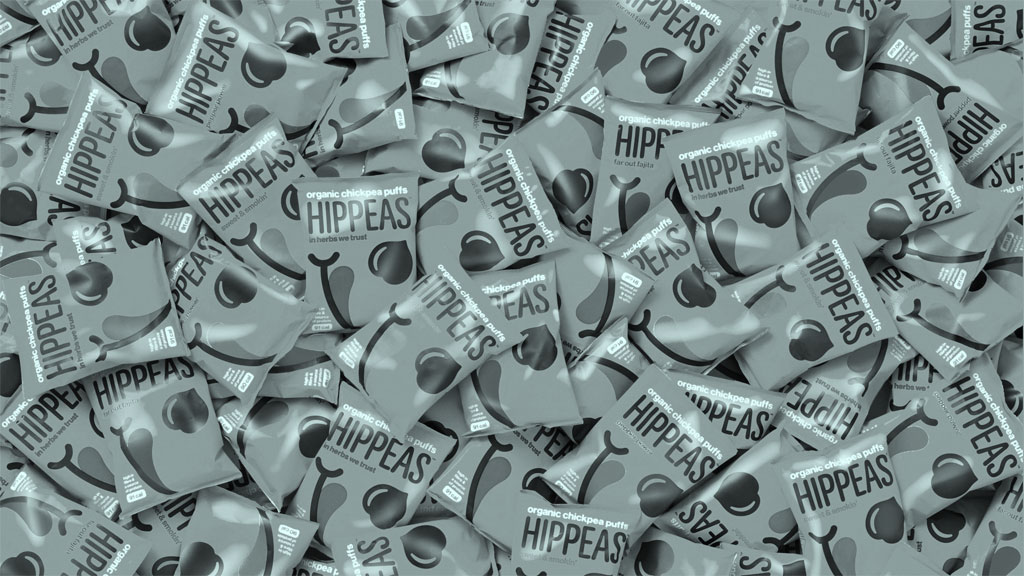
If there’s a brand that’s taken the baton from Innocent, it’s Oatly. Their tone arrived out of a mix of a tight creative idea and sharp writing. Oatly’s been around in Sweden since 1994, but the brand was relatively unknown until their new creative director, John Schoolcraft, took it on and started over. Faster than you can say ‘Can I get an oat flat white?’, Oatly 2.0 has grown as big as a Proctor and Gamble or Unilever brand. The important difference, though, is that they deliberately chucked out the old ways of doing branding to get there. “In terms of the brand”, says Schoolcraft, “I used to say it looked like a Dutch multinational, just indistinguishable from anything else on the shelves.” So he shook it up, starting with the words on their packaging and working out their tone of voice – and brand – from there.
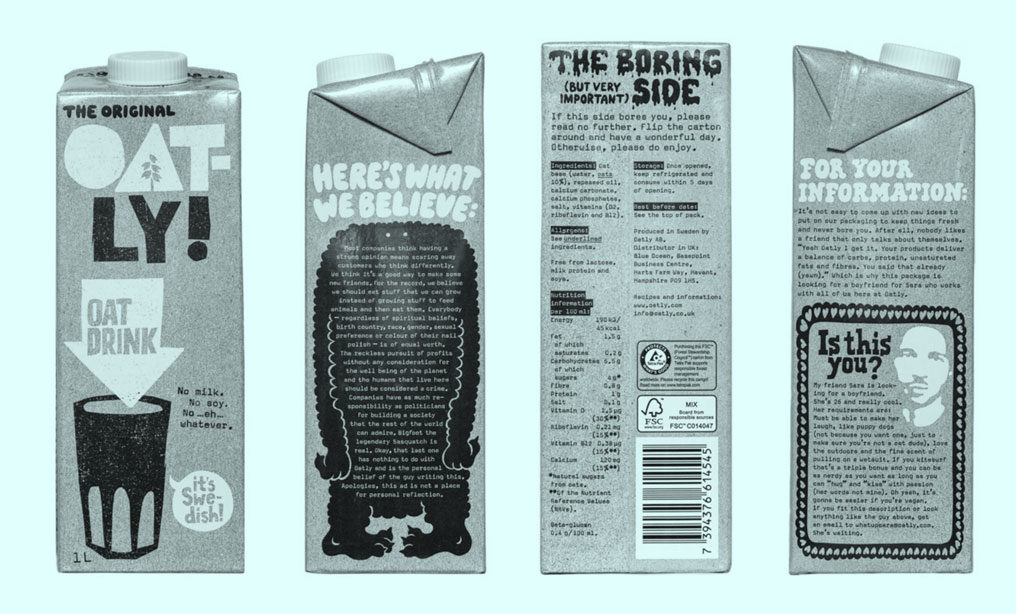
Oatly is a good example of how tone of voice has changed and where it’s heading. Their words have helped them as they – and their media budgets – have grown. The tone on their packaging works just as well on the side of a bus as it does on social (they have one of the most whipsmart social accounts around).
And it’s on social where tone of voice is coming into its own. “Content” and “tone” get muddled-up, but they go hand in hand. The brands with a strong tone of voice, like Oatly or The Infatuation, have good writers rather than “content managers”. It means their content is tons better too. While those brands that haven’t worked out their tone of voice struggle to find things to write about (or lean on lifestyle photography and #Sundayvibes hashtags to cover the gaps).
Not Innocent again! Other tones are available
Before you throw the word ‘wackaging’ our way, it’s not a case of having to choose between chat and boring – there’s a lot more besides.
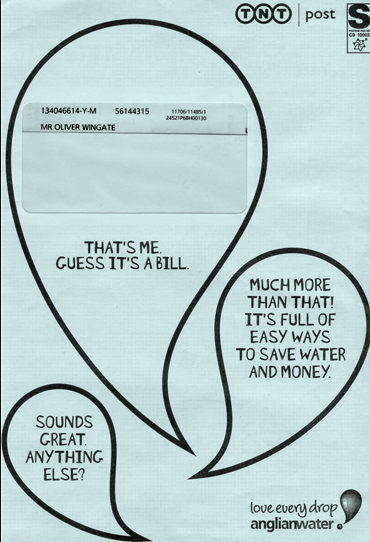
In the admittedly quite small world of brands and words, Monzo’s tone of voice picks up a fair amount of attention (more than one client has asked us for ‘something like Monzo’). And, like all the examples we’ve mentioned so far, they hired a writer to head up that tone.
Monzo also happen to be really good at self-promotion. Everyone wanted one of their bright orange cards when they first appeared and, in a similar vein, they’ve made a ‘thing’ of putting their guidelines online (because everyone loves a snoop). But, flashy card aside, their tone is pretty straightforward: clear, approachable and seeing things from a customer’s point of view.
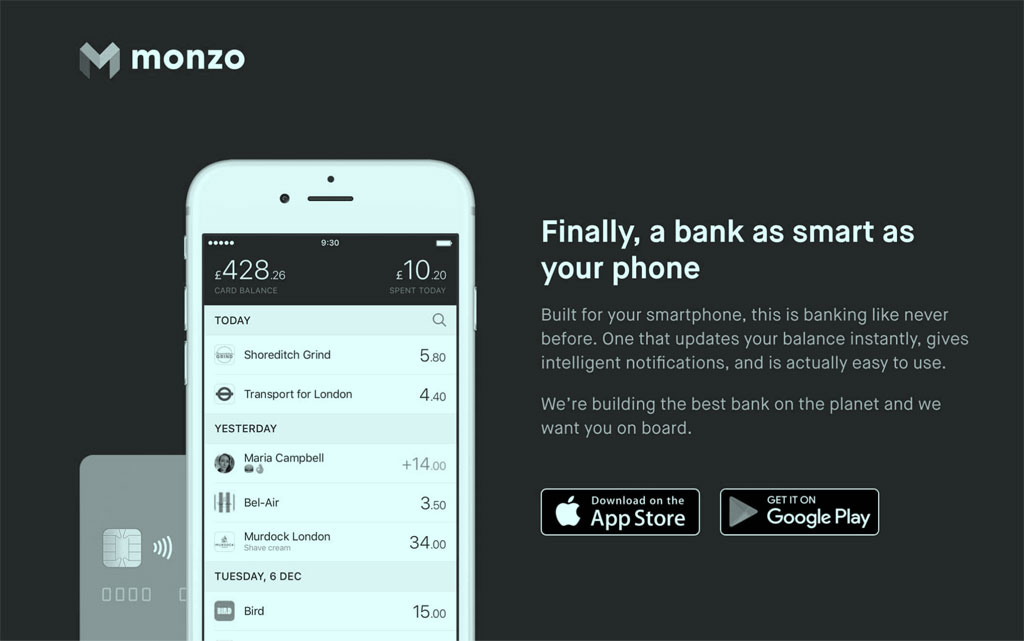
Monzo gets more neon limelight than it probably should, but it’s a pretty good starting point – and harder than it sounds to get working in most organisations, let alone a bank.
The thing most brands struggle with, though, is what comes after straightforward. They’re wary of adding any more personality for fear of sounding like a bad Innocent wannabe (it’s also worth saying that even after all these years, Innocent are still tons better at writing than their imitators). Over time, ‘chat’ has become a shorthand for cheap. Customers can sniff a try-hard tone in the first two words. So much so that we find many designers go the other way. They’ve either got a blind spot for formal words, especially for posh or ‘authentic’ brands, or they take words off altogether. It might be safer that way, but it’s a crying shame or a cop out, or both.
So how do you add personality to words without going down the ‘chat’ route?
Behind every good tone is a good pitch
Tone of voice can’t run on style alone (and if it does, it soon becomes empty words or ‘fluff’). The skill behind a good tone involves one part editing, one part lateral thinking – finding ways to get what you’re writing about to do more legwork than the tone (how you write it) alone. It relies on A) sharp ideas and B) a brand having something worth saying in the first place. It also calls for restraint, knowing what to write where and when to stop. If you’ve stayed in a CitizenM room, where everything is wallpapered from top to bottom in tone of voiced slogans, you’ll know where we’re coming from.
In fairness, it’s hard to do well. A big part of what we’re doing in a tone of voice project is sharpening up a brand’s pitch – or how it’s positioned in its market – and then finding lateral and smart ways to put that across in words.
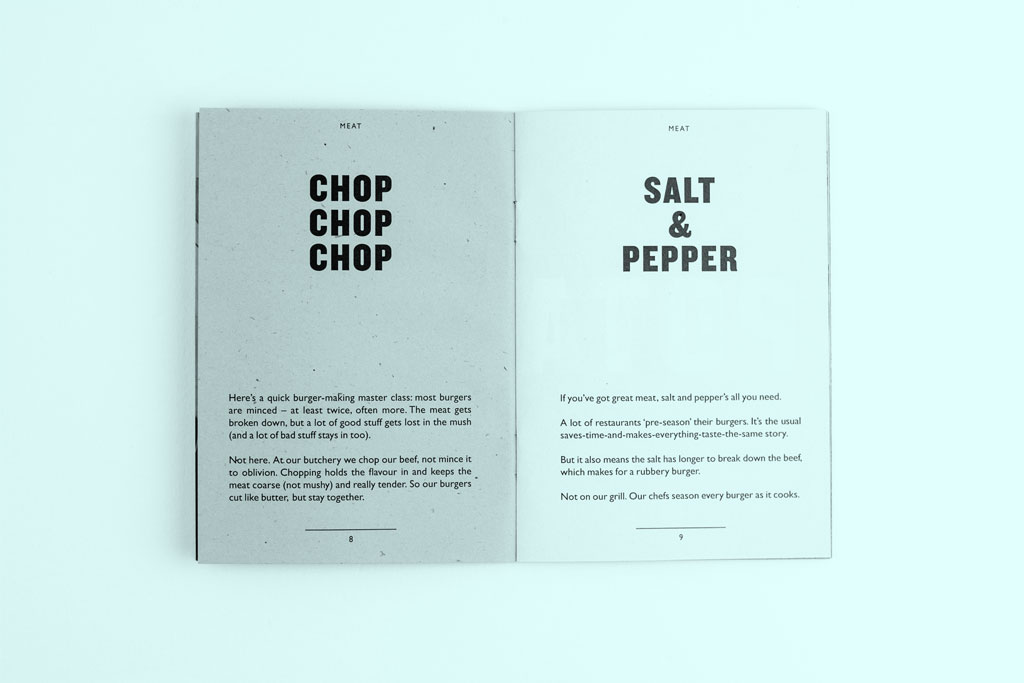
But the bit that’s easy to miss in any tone of voice project is that what you say matters as much as how you say it. A lot of people in our wordy world – us included – simplify ‘tone of voice’ to make it easier to explain and sell. But all the examples we’ve singled out work harder and do more. Oatly’s tone works so well because their “cows’ milk is weird” stance is clear to start with.
When we worked on the tone for London’s National Gallery, it wasn’t just a case of making their language more approachable – that didn’t feel weighty enough. It was also about finding ways to pitch them as the authority on classical art, without falling back into formal language or art speak.
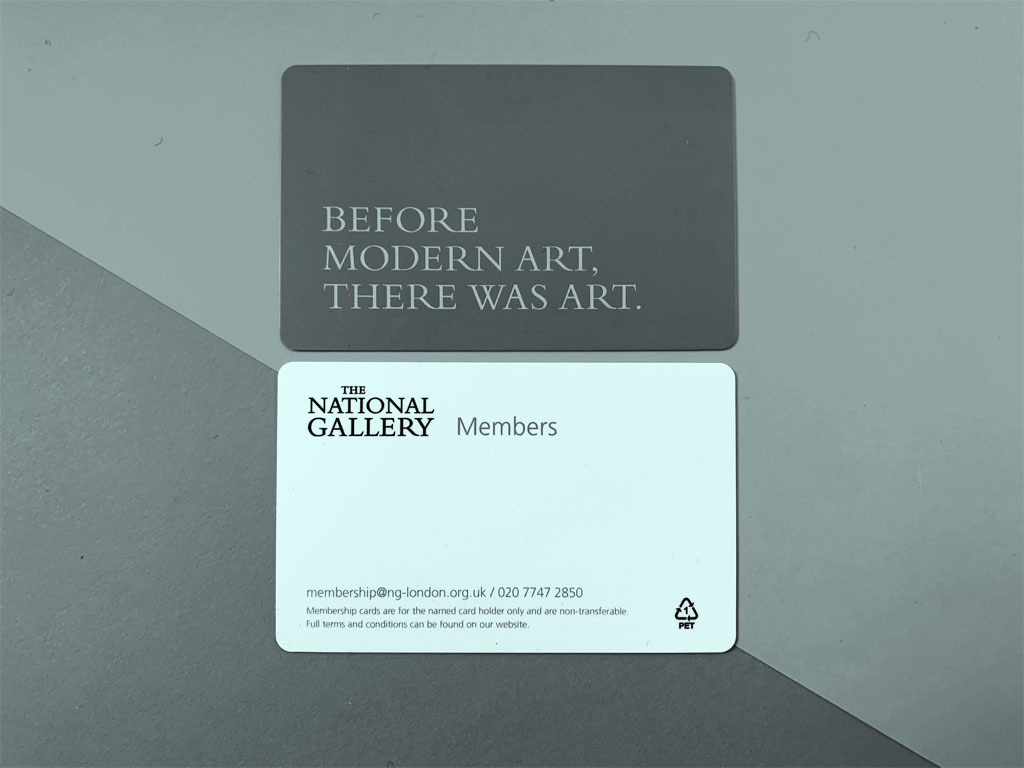
Meanwhile, Greenpeace started from the other direction. We wanted to keep their clear stance but dial back their shouty tone. They’d become so known for their activism that the ACT NOW! ‘sign this petition’ style of charity writing was working against them. It meant a lot of people (including many potential supporters) didn’t realise how much work they do beyond the sit-ins and swimming in front of oil tankers that make the headlines. This is when tone of voice becomes more than a nice-to-have: not only did their brand sound more considered once we’d cracked their tone (the branding part of the job), email open rates and clicks went up too (doing the bigger strategic job at the same time).
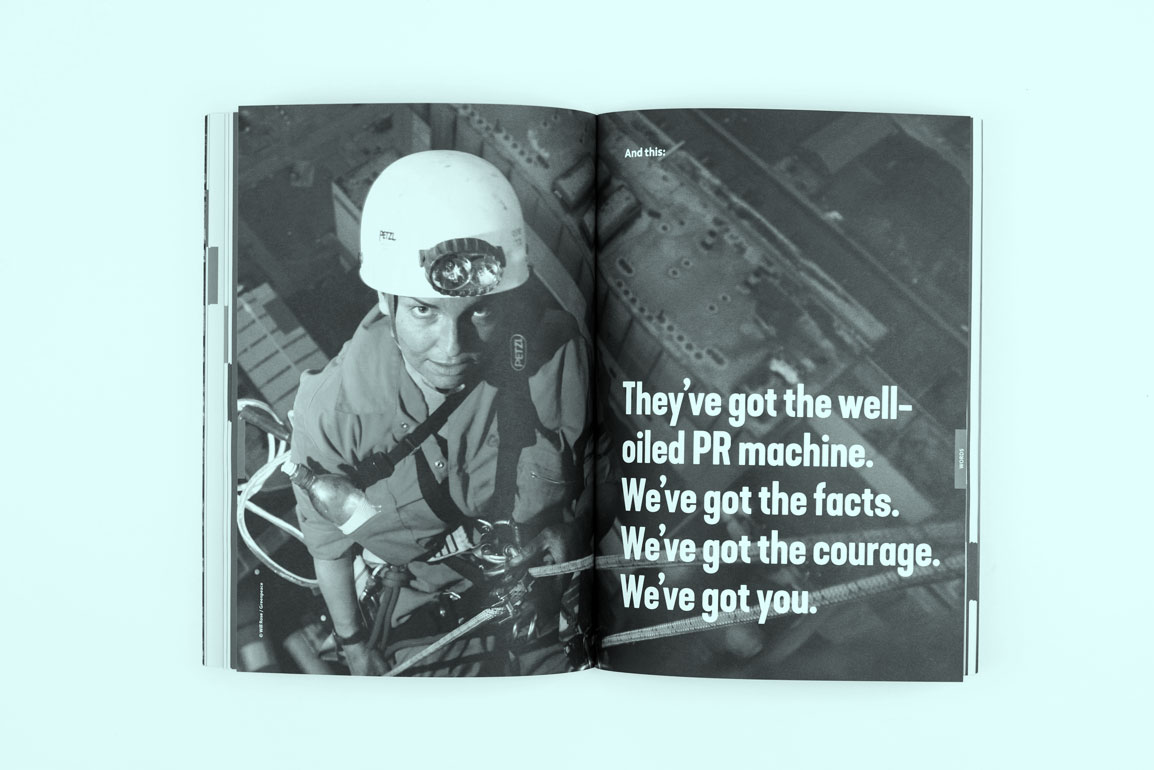
Following Oatly and co’s lead: how to run a tone of voice project
So what does that mean for your tone voice project? Well, every brand is different, and we don’t have a set process, but over the years we’ve found that the most successful brands are onto something. They all start with the writing – and let guidelines and the rest follow from there.
Here’s our get-on-with-it approach to tone of voice:
1. Don’t fixate on principles or guidelines. Start with the writing.
Often that means starting simple and pushing the tone – even over a cliff – to see how far you can take it. For Belsazar, a German vermouth, we started closer to what they had in mind with a more conventional “crafted” route. But, in the end, a cheekier “a vermouth from… Berlin?” take was the standout. Playing Berlin’s grit against Naples’ sea views gave us lots of ways into their tone and pitch: When you can’t admire the view, the drink has to be good.
2. Write the words customers see first – and the most.
If you’re an FMCG brand, that probably means starting with your packaging. But for most of the brands and organisations we work with – whether they’re big, small, start-up or part-of-the-furniture established – the words customers read first are online. And 2020’s pandemic only highlighted that even more.
So we often start with a brand’s landing page or app (or both). And it means we work more like coders and UX designers, rapidly prototyping the words in different versions. We work and rework the words on a scrollable, choppable landing page until it’s right. Because if you can capture a brand’s pitch on a webpage, everything else falls into place.
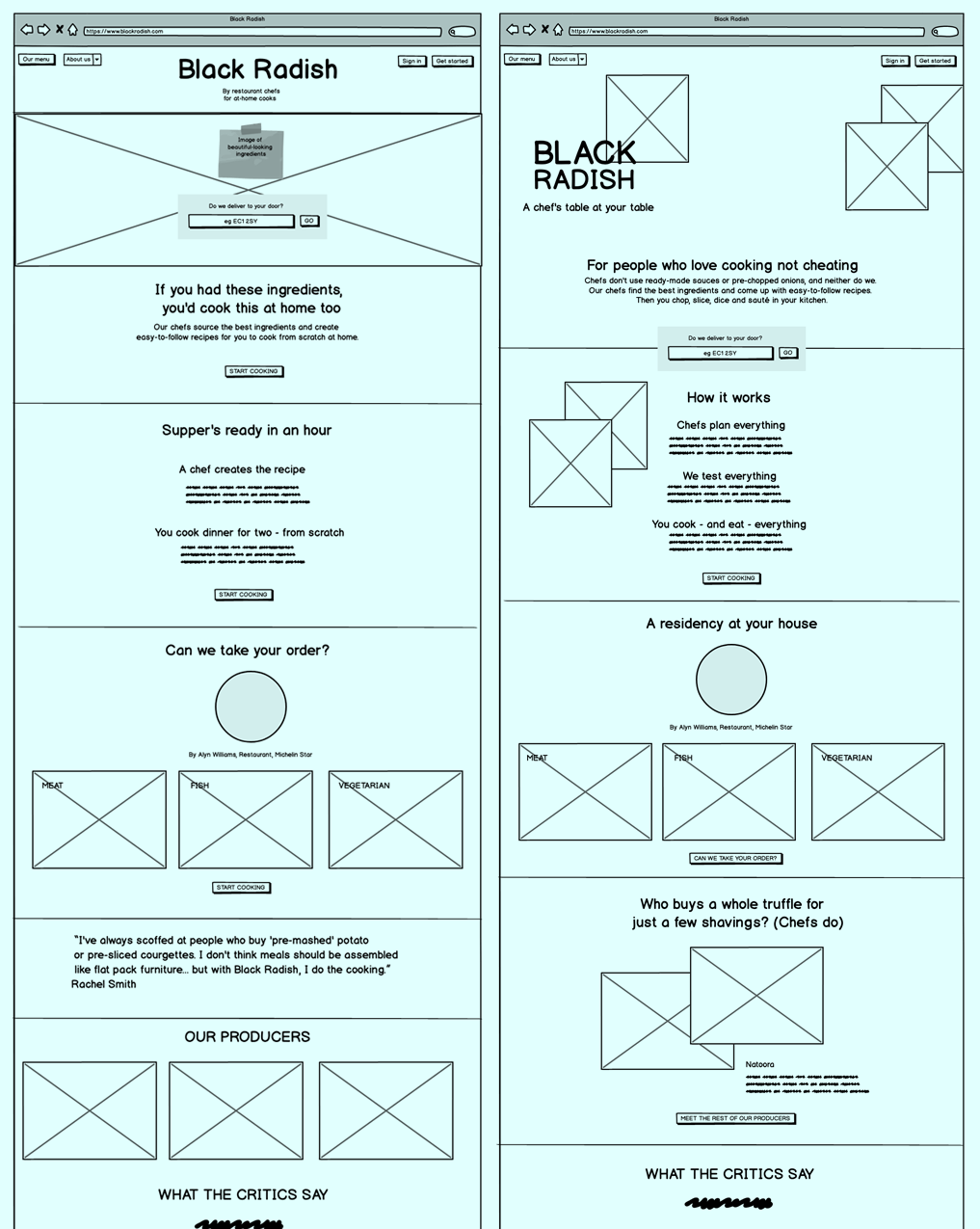
3. Have something to say.
Tone of voice is as much about your brand’s pitch, positioning or point of view as it is about how you write. Whenever you write anything, keep in mind how you want the brand to come across strategically, and follow the “show not tell” rule: if everyone says they’re the best slippers, mattress (or whatever), you’ll all sound the same. You have to work harder to find the most interesting, intriguing or lateral ways to put that across in words.
4. Let that pitch lead your tone everywhere else.
If you’re a larger business or organisation with many more things to write like internal comms, recruitment ads, customer service templates or whatever, it’s easier to find those words once you’ve cracked your headline pitch in the main places people are going to see it. Or, to flip that around, it’s easy to make emails, FAQs and internal comms less formal and more consistent, but they’re not the best place to start if you’re after a tone that sets you apart from the rest.
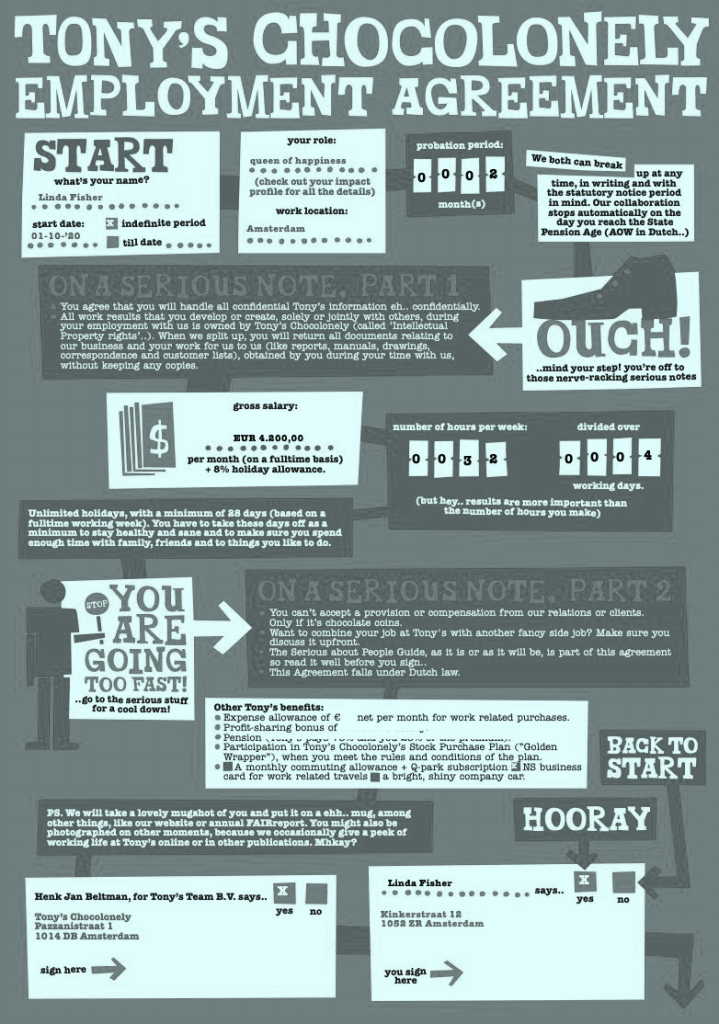
5. Once the tone’s working, then you can get to the guidelines.
Once you’re happy the tone and words are working in all the main places people will see them, then you can explain the thinking and put it all in a guideline. But don’t go on. Too many tone of voice guidelines begin with a sermon on branding [‘what is a brand?, ‘if our brand were a person, it’d be Stephen Fry/Olivia Colman/ national treasure du jour’ etc etc]. Three adjectives with neat definitions and tables saying ‘we are friendly/we’re not rude’ don’t help. Use the examples you’ve written in practice to explain the theory: here’s what we’re doing, why and how, and here’s what it means for the words on our homepage/bag/Instagram post. The more practical, the better, because waxing lyrical about a new tone of voice is no use to anyone if they can’t work out how to write in it.
Again, there’s no set way to do it. Scouts asked us to sum up the work we’d done on their brand and tone in a book that could be used by thousands of volunteers from Peckham to Penrith, most of whom aren’t writers and who do all their work for Scouts in their spare time. So we created a guideline and templates that were easy adapt whether they needed a poster asking for more volunteers or help writing their Facebook page.
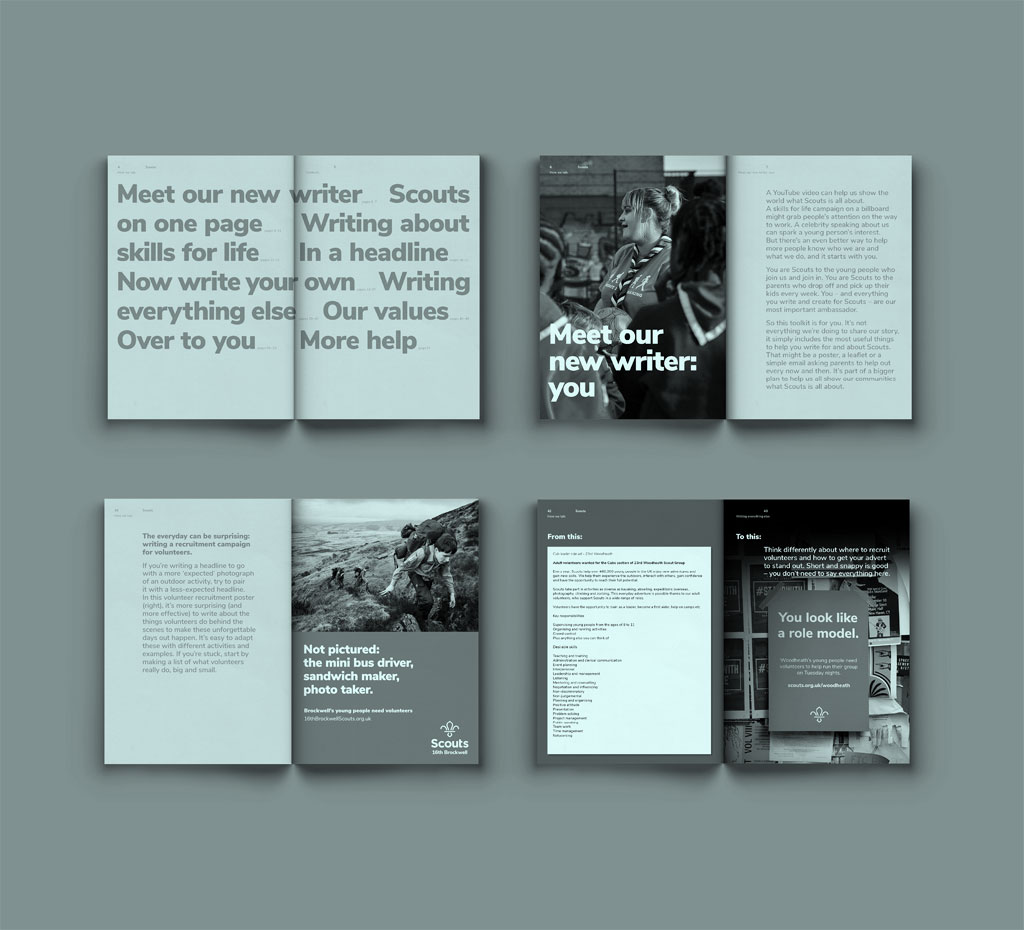
Want more? Follow our pick of good writing and tone of voice on Instagram.
